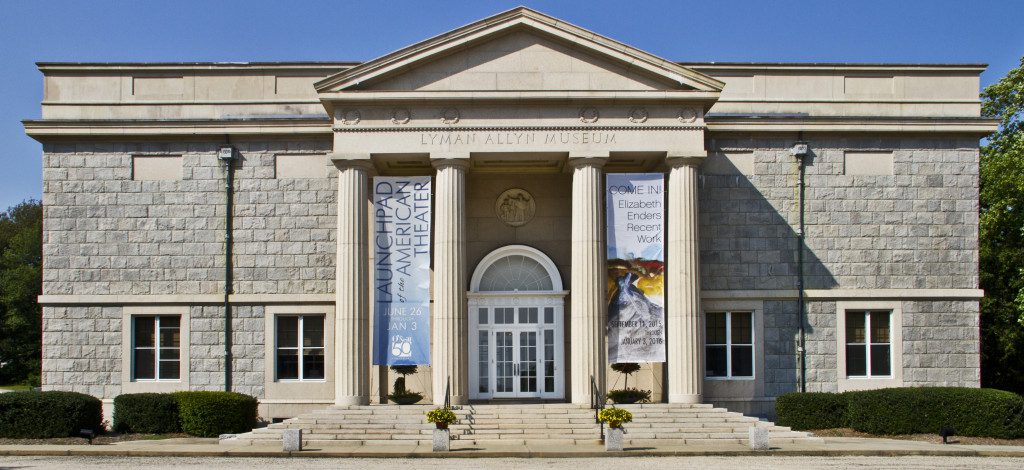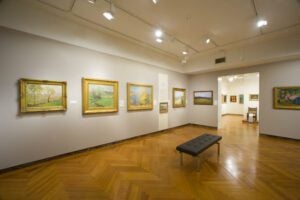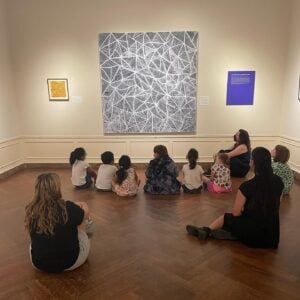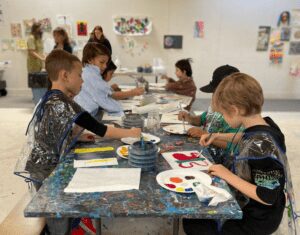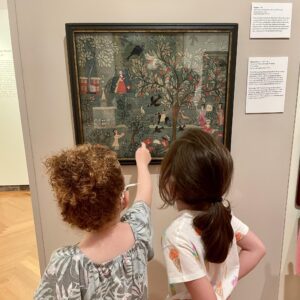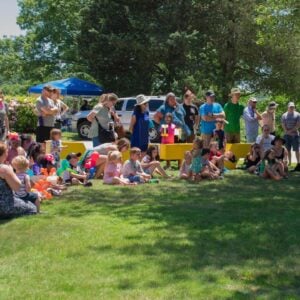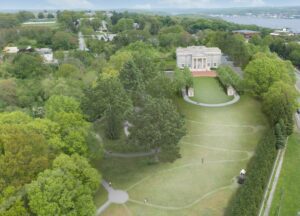January 30 – December 31, 2005
Note from the Curator (Nancy Stula): The Chapel Gallery is installed with European Art from the permanent collection: it turns out there is such a wealth of works that I have decided to concentrate on Northern European Art—specifically Dutch, Flemish and German Art from the 15th through the 18th, poss 19th centuries. We have paintings by Lucas Cranach the Younger, still lifes by Claesz and de Heem, a landscape by Jan Van Goyen, along with two etched portraits by Rembrandt.
This exhibition features Flemish, Dutch, and German paintings, sculpture, and works on paper from the permanent collection of the Lyman Allyn Art Museum . The installation is arranged thematically with attention given to history painting (scenes from the Bible, mythology and literature), portraiture, genre, still life, and landscape and features works ranging in date from the late 15th century to the early 20th century. Some of these works have not been on display in many years.
Northern European Art from the Lyman Allyn Art Museum was funded in part by generous grants from the Frank Loomis Palmer Fund, Bank of America, Trustee and Pfizer, Inc.
The Protestant Reformation rejected the authority of Roman Catholic clergy and instead asserted the authority of the scriptures. Protestants considered religious images idolatrous and the iconoclastic movement that accompanied the Reformation from 1520s until the end of the 16th century resulted in the destruction of thousands of works of art. As a result, secular subject matter rose in popularity and the new genres of landscape, still life, and genre painting developed. This installation is arranged thematically, highlighting these genres.
Still life painting first flourished in the Low Countries during the early 17th century. Highly refined and carefully detailed floral still lifes were especially popular. Very often individual flowers were encoded with symbolic meanings recognizable by that society. Many artists created memento mori or vanitas compositions which feature objects, such as clocks, skulls, wilting flowers, and decaying fruit, that cause the viewer to meditate on the transience of time and the uncertainty of life. Some of these moralizing still lifes included luxury items in order to warn against the desire for worldly goods.The rise of still life painting corresponds to the increasing urbanization of Northern European society, which brought with it a focus on personal possessions and the objects of commerce.
Genre: With the spread of Calvinism, the Church was no longer a source of patronage for artists and as a result, artists had to look elsewhere for patrons. They found a strong market in the middle class who commissioned and purchased works to decorate their homes. Large-scale heroic religious works were supplanted by modest paintings of still life, landscape, portraits, and, most notably, genre scenes which appealed to this new market.
Genre scenes, or scenes of everyday life, gained their greatest popularity in the Netherlands in the 17th century. Artists found inspiration in the ordinary, and on a certain level their images of daily life supplanted religious scenes: they depicted the sacred and the holy in everyday life. Their compositions were often set indoors; some featured solitary women involved in housework while others depicted large gatherings, game playing, merry-making, and even brawling. Genre scenes frequently carried a moralizing tone, but just as often they emphasized humor.
Landscape painting developed as a genre in Northern Europe . During the 16th century landscapes were idealized compositions which, although prominent, largely served as backdrops for history painting narratives. During the 17thcentury, landscape painting evolved into a genre of its own where the landscape itself became the primary subject. In Holland, where the political situation had changed so dramatically with the Dutch Republic emerging as an independent state in 1648, there was an audience for factual, visual records of the land they had so recently won. Patriotic citizens purchased these images representing and celebrating their new nation. In addition, the Low Countries were more urbanized than the rest of Europe and perhaps the craze for landscape painting may have been fueled by the nostalgia felt by city dwellers for the open countryside.

